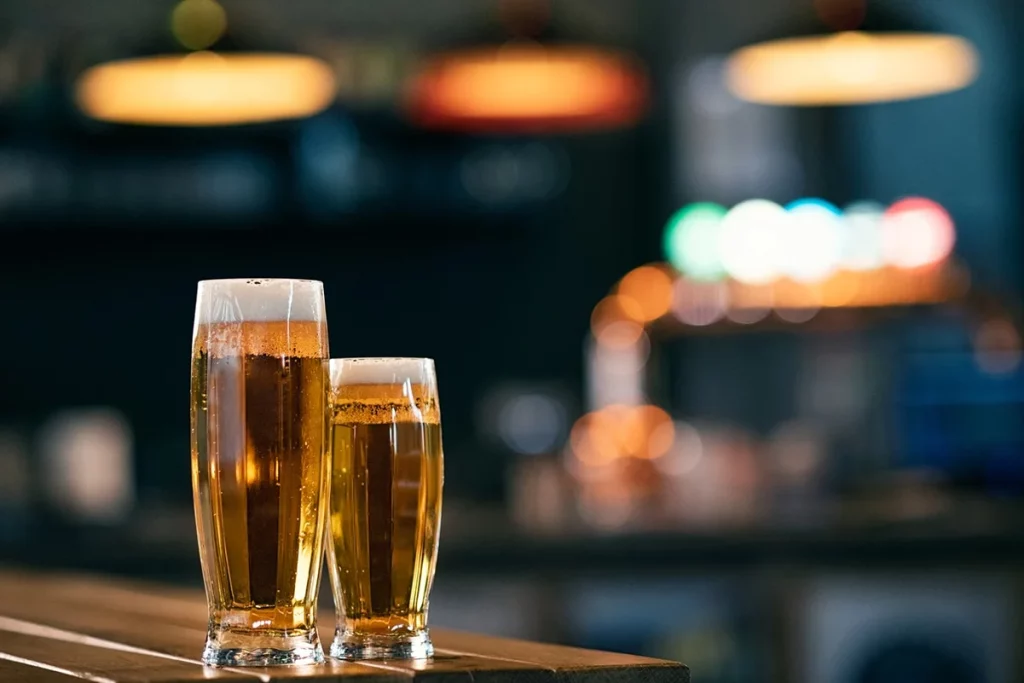Dram Shop Coverage Limits Update: What Business Owners Need to Know in 2025

Changes in legal requirements and rising claims have made it essential for businesses that serve alcohol to stay up-to-date with dram shop coverage limits. Whether you own a neighborhood bar, a restaurant with a liquor license, or even a liquor store that hosts tastings, understanding how these updates affect your insurance needs is critical to protecting your operations.
In this article, we’ll break down what a dram shop is, how recent updates to coverage limits may impact your business, and what steps you should take to ensure you’re adequately protected.
What Is Dram Shop Liability?
Dram shop laws hold alcohol-serving establishments responsible for damages caused by serving alcohol to intoxicated or underage individuals. If a patron causes an accident, injury, or even a fatality after being over-served, the business could be held liable.
Dram shop laws vary from state to state, but the core idea remains consistent: businesses that profit from alcohol sales have a duty to serve responsibly. This includes:
Bars and pubs
Restaurants with alcohol licenses
Breweries and distilleries with tasting rooms
Event venues serving alcohol
Liquor stores offering samples
The financial impact of a lawsuit under dram shop liability can be devastating without proper liquor liability insurance in place.
Understanding Dram Shop Coverage Limits
Coverage limits refer to the maximum amount your insurance policy will pay in the event of a claim. There are typically two main types:
Per Occurrence Limit: The maximum paid for a single incident
Aggregate Limit: The maximum paid for all claims during a policy term
In past years, some businesses opted for minimal coverage to save on premiums. However, increasing legal claims and higher settlement amounts have pushed insurance providers and state regulators to reevaluate what is considered sufficient.
Dram Shop Coverage Limits Update in 2025
As of 2025, many states have implemented new minimum requirements for liquor liability insurance coverage for alcohol-serving businesses. Here are a few key trends from the update:
1. Higher State-Mandated Minimums
Several states have revised their alcohol liability insurance regulations, requiring businesses to carry higher minimum coverage amounts. For example, a state that previously mandated $100,000 per occurrence may now require $250,000 or more, reflecting the rising cost of medical care, litigation, and settlements.
2. Focus on Bartender and Server Liability
States are also tightening oversight on individual responsibility. The updated guidelines place more emphasis on server training programs and personal liability, meaning your staff must be trained and covered under your policy. This directly affects coverage structures for businesses with large staff or rotating shifts.
3. Industry-Specific Risk Assessments
Insurers are using updated risk models to set premiums and limits. Bars with extended late-night hours, live entertainment, or high-volume service may face higher premiums or be advised to raise their dram shop liability coverage beyond the new minimums to stay protected.
4. Venue and Event-Specific Adjustments
Temporary liquor licenses or event-based businesses are also impacted. If you operate a venue that hosts weddings or concerts and provides alcohol, you may be required to prove event liquor liability coverage with updated limits.
Why These Updates Matter
Failing to meet the updated coverage limits could result in:
License denial or revocation
Denial of insurance claims in the event of an incident
Lawsuits that exceed your policy limits, leading to out-of-pocket costs
Loss of business reputation due to negative press or legal battles
It’s not just about compliance; it’s about risk management. As claims grow more complex and costly, having proper bar insurance and liability limits can save your business from long-term damage.
How to Stay Compliant and Protected
1. Review Your Current Policy
Don’t assume your existing policy meets new requirements. Work with a licensed insurance provider who specializes in alcohol-serving establishments to evaluate your current dram shop coverage limits.
2. Update Staff Training
Ensure all bartenders and servers are trained in responsible alcohol service. Some insurance providers offer discounts for establishments that require certified training programs.
3. Monitor Local Laws
Dram shop laws are set at the state level, and some cities add local requirements. Stay informed about changes by checking with your state’s alcohol beverage control board or insurance commissioner.
4. Consider Higher Limits Than the Minimum
Even if you meet the legal minimum, it may not be enough. If your venue sees high foot traffic, special events, or extended hours, higher coverage can be a smart investment.
Conclusion
The 2025 dram shop coverage limits update reflects a growing need for responsible alcohol service and adequate protection in today’s legal and social climate. Businesses that serve or sell alcohol must prioritize risk management through the right insurance policies and coverage limits.
By taking action now—reviewing your policies, updating training, and staying current on regulations—you can ensure your business remains compliant, secure, and prepared for any potential liability.
Need Help Reviewing Your Liquor Liability Coverage?
Connect with a licensed insurance advisor who specializes in dram shop coverage for small businesses and alcohol-serving venues. Don’t wait for a claim to find out you’re underinsured—act today.
